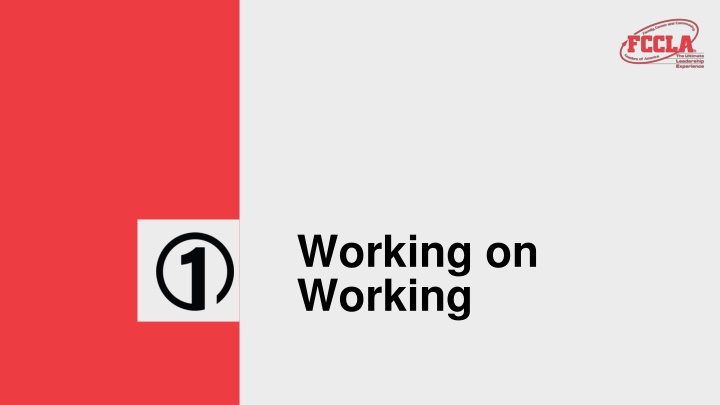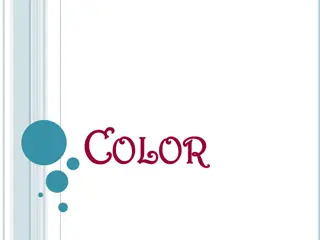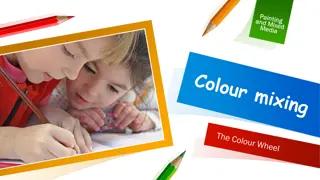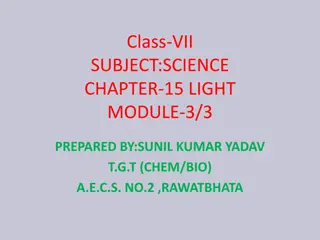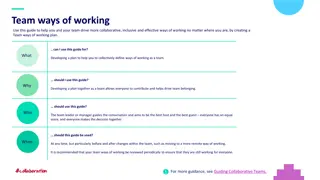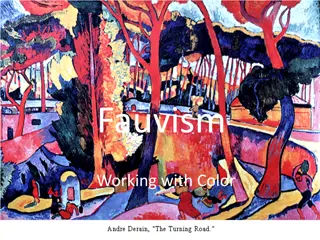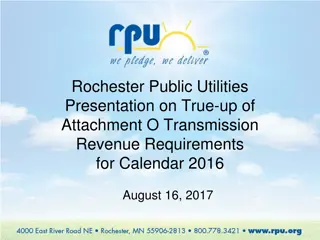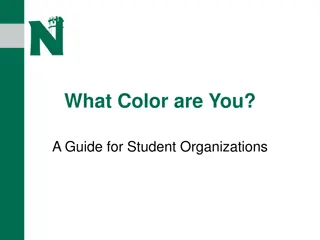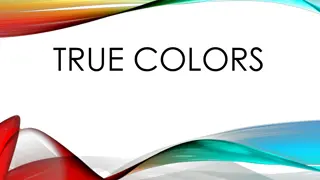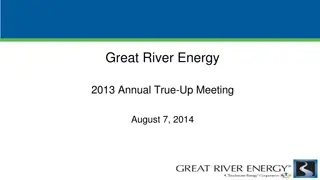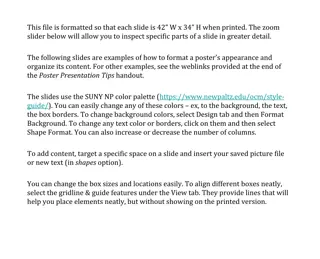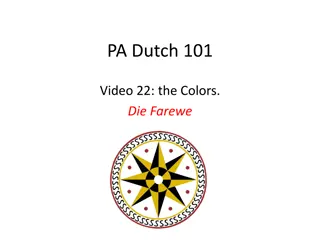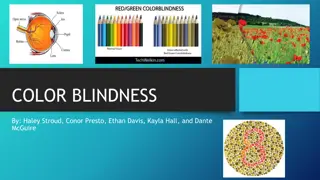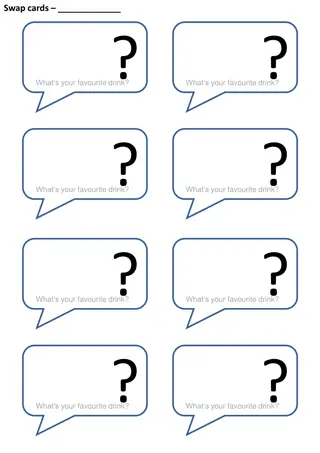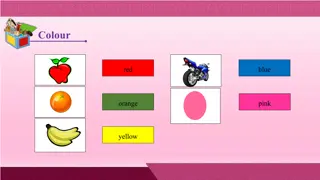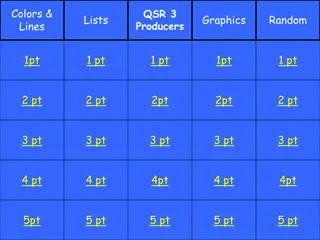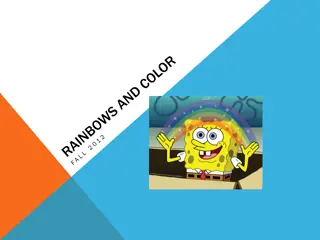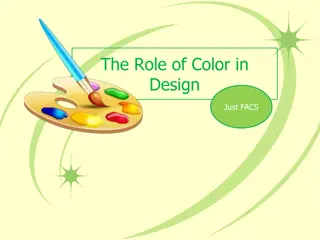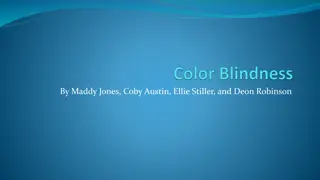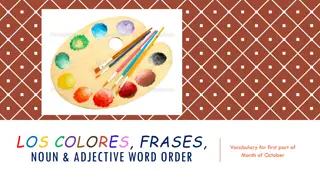True Colors and Effective Collaboration in Team Settings
Explore the significance of True Colors assessments in enhancing self-awareness and team dynamics, as well as the importance of effective communication and collaboration in achieving collective goals. Discover how personal strengths and weaknesses can be utilized to contribute to a team's success, and learn strategies for successful collaboration in the workplace.
Download Presentation

Please find below an Image/Link to download the presentation.
The content on the website is provided AS IS for your information and personal use only. It may not be sold, licensed, or shared on other websites without obtaining consent from the author.If you encounter any issues during the download, it is possible that the publisher has removed the file from their server.
You are allowed to download the files provided on this website for personal or commercial use, subject to the condition that they are used lawfully. All files are the property of their respective owners.
The content on the website is provided AS IS for your information and personal use only. It may not be sold, licensed, or shared on other websites without obtaining consent from the author.
E N D
Presentation Transcript
Working on Working
Hue are you? The True Colors assessment is an inventory designed to help you understand yourself and others better Based on research, this assessment is used to promote individual differences Help team members understand working styles of other teammates
Complete your True Colors assessment by ranking each group of words from 1 (NOT like you) to 4 (MOST like you).
Discuss: Describe the most successful group you ve worked with. Why were you successful?
Discuss: What are some reasons why groups are not successful?
Discuss: What role does communication play in our lives?
Where Were Going: The member will be able to reflect on and identify his or her personal strengths and weaknesses and demonstrate how he or she can best utilize these points to contribute to the success of a team. The member will be able to identify methods for successfully collaborating with others in the workplace. The member will be able to devise a project to improve his or her real world skills based on a SMART goal for the Working on Working Power of One unit.
How Well Get There: Understanding our personal True Colors Examining collaboration and leveraging differences Power of One: Working on Working
Understanding Our True Colors Assemble with your Colors!
Collaboration: Cooperative arrangement in which two or more parties work jointly toward a common goal. Source: http://www.businessdictionary.com/definition/collaboration.html
Whats collaboration in your own words?
When working with a group, differences are inevitable. Others will have different thoughts, styles, and methods. Differences are a good thing! By understanding others, differences can be leveraged within a group and can make a team stronger.
Before you can understand others, you must first know what you bring to the table. What are your strengths and weaknesses? Give examples where you saw these in action.
Discuss: What is one strength and one weakness your color brings to the table?
Why is collaboration in the workplace important? Promotes self-examination Aids problem solving Employees can learn from one another Increased efficiency More likely to have an even workload Source https://www.nutcache.com/blog/the-importance-of-collaboration-in-the-workplace/#iLightbox[gallery26884]/0
Working on Working Working on Working is the third unit in the FCCLA Power of One national program. This unit focuses on developing one s real world skills as a future career holder. The real world skills this unit focuses on are critical to becoming a successful wage earner.
Executing Your Working on Working Project 1. Brainstorm real world skills you would like to improve or steps you would like to take to prepare yourself for a career. 2. Decide which project area is your top priority. 3. Make a list of ways you would like to improve yourself in your chosen project area. 4. Use the FCCLA Planning Process to set a SMART goal to achieve and plan a project to meet your goal.
In Summary Collaboration is critical in the workplace. Benefits of collaboration are seen when people of different personalities and skill sets work together effectively to achieve a common goal. The first step of collaboration is understanding your own strengths and weaknesses and then understanding those you re working with. Working on Working is the third unit of Power of One that promotes development of real world skills. Your Working on Working project does not have to relate directly to collaboration, but collaboration is critical for the workplace
Which topics interest you? Researching jobs for members Interviewing or shadowing workers in interesting careers Learning to apply for jobs Planning high school course schedule based on career interests Creating a resume or portfolio Obtaining a job Researching colleges and postsecondary schools Improving critical areas of current job Earning and saving money for college Setting up a business Think innovatively about careers in the future Learning career success skills Researching careers Managing a professional social media presence Exploring Family and Consumer Sciences careers
What goal do you want to achieve within a topic? Make a list of all local jobs available to members my age Research and give a report about a career that interests me Fill out sample job applications Research a possible career field and interview someone in the field Create a resume Interview a relative or neighbor about his or her job Create a career portfolio with documents that highlight my talents and accomplishments Volunteer at a job site that interests me (like a school, hospital, farm, park, office, etc.) Set up a job shadowing experience with someone in a career that interests me Complete a career aptitude test about my career-related interests and traits Complete the Career Connection quiz on career choices Obtain a part-time job Participate in the Job Interview or Career Investigation STAR Events Choose a high school career path, major, or specific courses that may help with my career
What goal do you want to achieve within a topic? Create a portfolio of my accomplishments Organize a bus trip for juniors to make college visits Set and work toward goals to improve on the job (like being on time, using time well, having a good attitude, etc.) Put away money for college each week Research financial aid and scholarship options Create a plan for my own business Clean up my social media profiles to reflect the best version of myself to a potential employer Research colleges and postsecondary school choices Create a junior-senior year timetable for researching and applying to colleges or other post-secondary education Establish and maintain an effective LinkedIn profile Compile a list and describe careers that do not exist now but may exist in the future Attend a job fair Organize a senior mock interview day to practice interviewing skills Complete a Career Connection project Other Organize a college fair at school
Use your Working on Working project sheet to begin planning your project. Remember, set a SMART goal.
